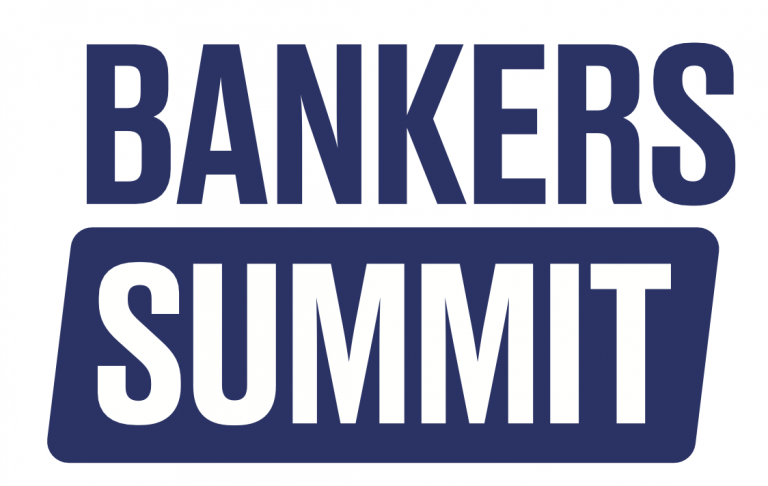Alternative Data in Credit Decisioning: Meeting the Demands of the Expanding Canadian Financial Services Market
It’s a challenging time in the Canadian market. Between high interest rates, inflation stubbornly sticking at close to 4% and consumers’ fear of a potential recession starting to curb spending, it’s hard to find the growth we need to fuel our businesses. At the same time, competition has never been stiffer. The growth in the number and utilization of Buy Now, Pay Later (BNPL) providers in Canada alone has shown there is appetite for alternative easy-to-access and easy-to-use consumer credit. To embrace this opportunity, Canadian financial services organizations must keep up with ever-changing consumer expectations and demands, while staying one step ahead of delinquencies, fraudsters, and their competition.
Growth Opportunities in the Canadian Lending Landscape
Despite the challenges, there are two overarching market trends that are offering growth opportunities for all types of lenders.
Predominantly, the most underserved segment continues to be New-to-Canada (NTC) consumers who represent significant opportunities for lenders that are willing to ensure access to credit to this demographic. In 2021, 983,000 new-to-credit consumers opened their first credit product, and in 2022, we welcomed over a million new Canadians for the first time ever, split about 60/40 between non-permanent and permanent residences, making Canada the fastest growing G7 country.
A second trend for growth is the continued shift to digital-first channels. According to a 2023 survey by the Canadian Prepaid Providers Organization (CPPO), “Canadian consumers have shifted to embrace digital payments and banking with a growing and significant addressable market,” with 49% of those surveyed having used at least one alternative payment method. This trend has led to the need for innovation to keep pace with the ever-changing expectations and demands of consumers and to remain competitive, while also staying ahead of nefarious actors.
Key Challenges Looming
While growth is where we would prefer to be spending all our time, we can’t ignore the challenges that could minimize or wipe out growth with losses.
Almost daily, there is a new story about how fraudsters have found ways to take advantage of consumers and businesses alike. Lenders, fintechs and those in other industries, such as telco, know they must be nimble and continually evolve to combat the threat of rising first-party fraud, synthetic id fraud and expanded account takeover fraud.
Fraud rates continue to climb, and fraudsters are constantly evolving their methods to be more sophisticated. In fact, according to the RCMP, fraud attempts in Canada have increased 40% year-over-year. In Q1 2023 alone, there were over 18,000 reports of fraud in Canada, with $133.7 million lost – and of course, not all fraud is detected/reported so losses are likely much higher.
In addition to the need for robust fraud prevention to mitigate losses, the growth of thin-file consumers in Canada is driving customer acquisition costs higher. Being able to accurately assess creditworthiness, even in NTC consumers, is critical to driving growth while bringing those costs down.
Finally, consumers have increasingly demanding expectations for personalized offers meeting their unique needs. Personalization is no longer a nice to have, but a must have, to remain competitive in today’s market. Data shows that 63% of people will stop buying from brands that use poor personalization tactics.
The Opportunity with Alternative Data
So how do you take advantage of growth opportunities while solving challenges?
The need for a more holistic view of a prospect or customer has been around for a long time now. But we’ve now reached a tipping point where accomplishing this is now more achievable, due to the proliferation in the types of data available and the ease in accessing this data.
Using alternative data can result in improved accuracy in risk models, and higher approval rates for thin-file customers, better customer experience, and a reduction in fraud losses. Bridging multiple data points together and integrating this into decisioning eliminates siloed environments – and siloed decision making. This enables lenders to maximize the value of their customer relationships more effectively across the full lifecycle.
Pulling in the right data only when needed helps lenders approve more customers in less time. A unified offering that includes all this data integrated into risk decisioning can help improve not only onboarding decisions, but also the accuracy and efficacy of decisions beyond onboarding, and across the entire customer lifecycle – including fraud, compliance, upsell and cross-sell opportunities, collections management strategies and beyond.
Decisioning and Data: A Recipe for Success
Consumers expect quick, convenient, and secure lending solutions. Meeting the expectations for a frictionless consumer experience while mitigating risk and balancing security and regulatory requirements can be a challenge. In the desire to reduce risk, it’s important to not lose sight of customer needs and to provide exceptional experiences, so they don’t take their business elsewhere.
Simplifying access to alternative data and integrating data into the decisioning platform in real-time is the key to making more accurate, more inclusive credit decisions, supporting improved customer experiences, and preventing fraud.
About the Author
Cheryl Woodburn serves as Country Manager for Canada at Provenir, a global leader in data and AI-powered risk decisioning software. She manages all Canadian operations as Provenir responds to the record-breaking growth the company is experiencing in North America. Cheryl is a highly demanded public speaker, having been on the circuit for the last couple of years talking on everything from data and strategy to fraud and risk mitigation.
Join the conversation in-person and be apart of the innovation occurring in lending:
On May 15th, 2024, discover how next-gen FIs are partnering with fintech to accelerate innovation. Join over 500 banks, credit unions and fintechs in our networking hall building partnerships. The expert panels will take a deep dive into Core Modernization, BaaS, Embedded, Sustainable Finance and much more.



